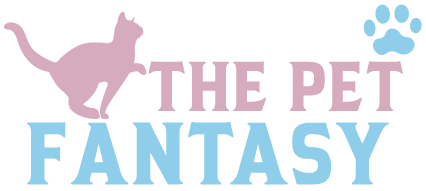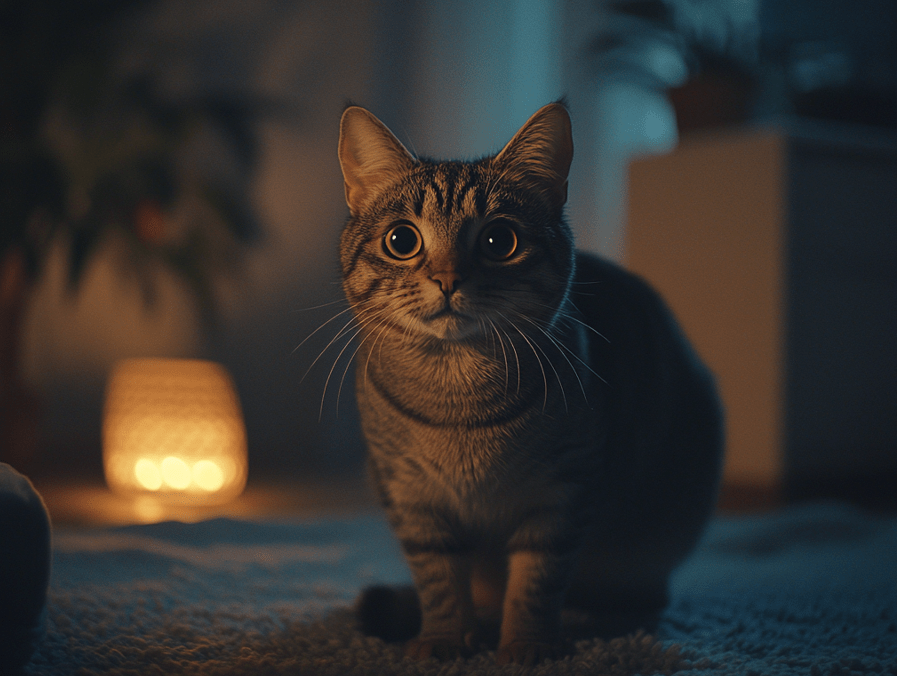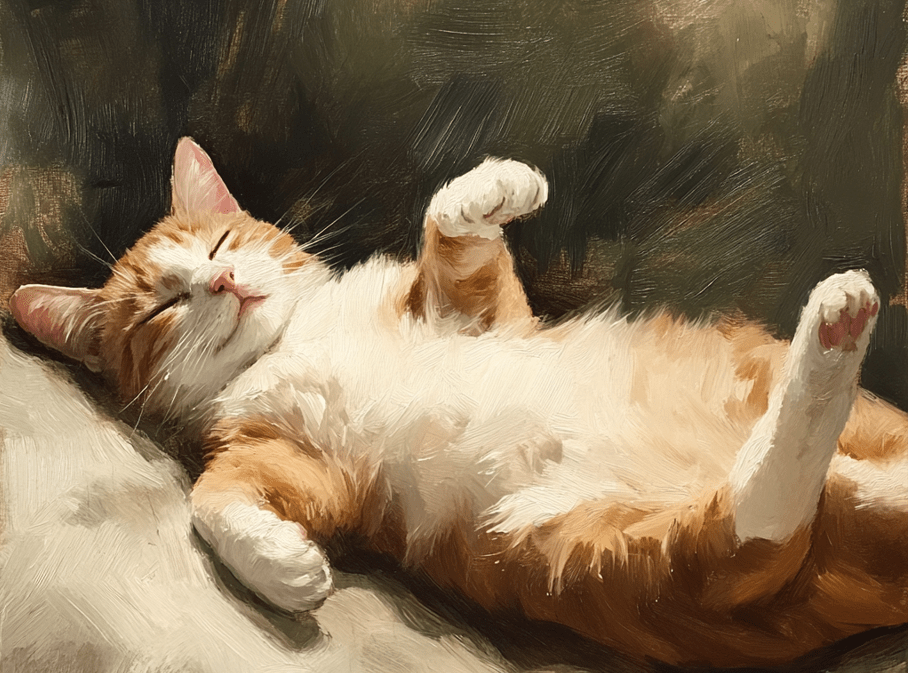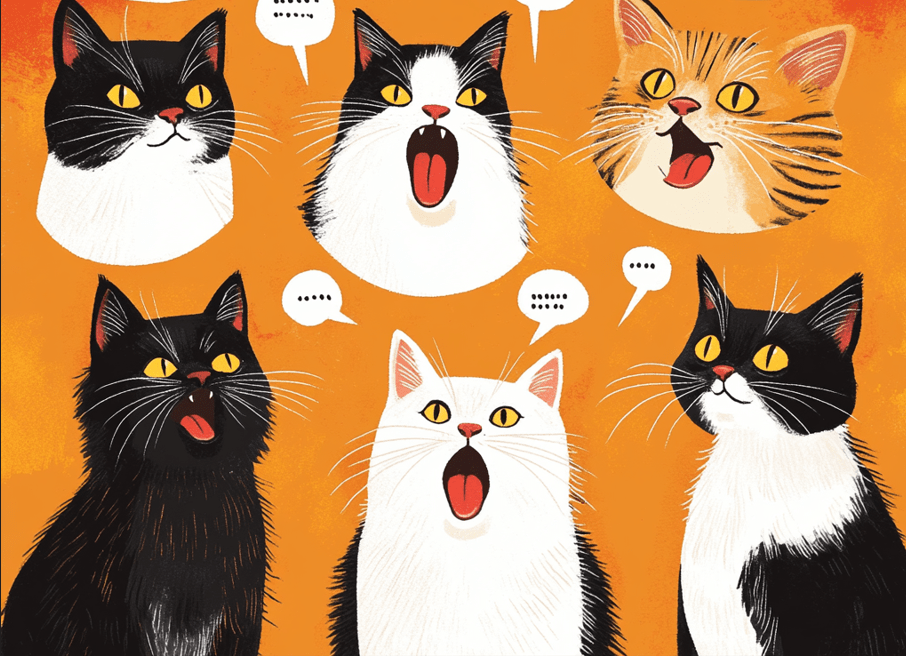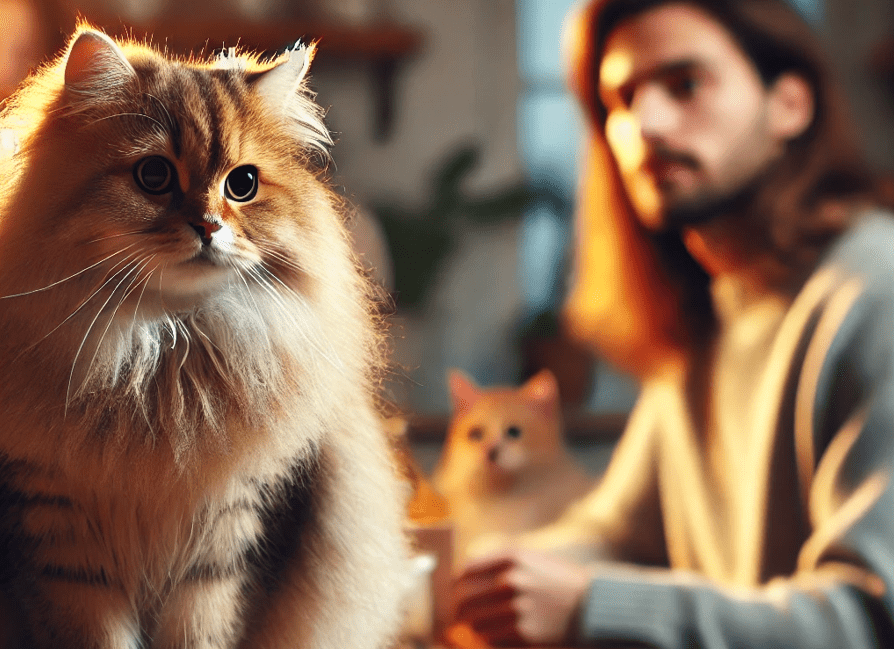
Decoding feline eye contact is very crucial for understanding their mind- what they want to say. For humans, long eye contact often indicates full-bore attention and respect. But cats see eye contact in a whole different light. Cats use their eyes as a primary tool to communicate with humans and cats alike — through staring, blinking and even dilating their pupils. Learning to read these small gestures may help us become closer with our furry friends.
For humans, extended eye contact generally indicates attentive respect. Cats, on the other hand, read eye contact entirely differently. Cats use their eyes as a primary tool to communicate with humans and other cats — through staring, blinking and even changes in pupil size. With so much information being exchanged between you and your cat, learning to read these small gestures may help us become closer with our furry friends.
When You Stare at Your Cat
Cats are naturally cautious animals, and being watched can make them go self-conscious. When they realize they’re being watched, they automatically assess whether they’re in danger. If they do, they can continue what they are doing with more awareness or cease activity completely. Eye contact is seen as friendly between humans, but for cats, it can be considered aggressive, intimidating, or even threatening. And this is why calling your cat’s name while holding their gaze directly may cause them to completely ignore you. Cats will approach someone who isn’t paying them attention more readily than they would someone who is paying them attention, because they see that person as less of a threat.
Your Cat Staring at You with Prolonged Eye Contact
If your cat is looking at you, or making extended eye contact, it may say many things. To see if they really mean it, pay attention to if their eyes are wide open or partly closed.
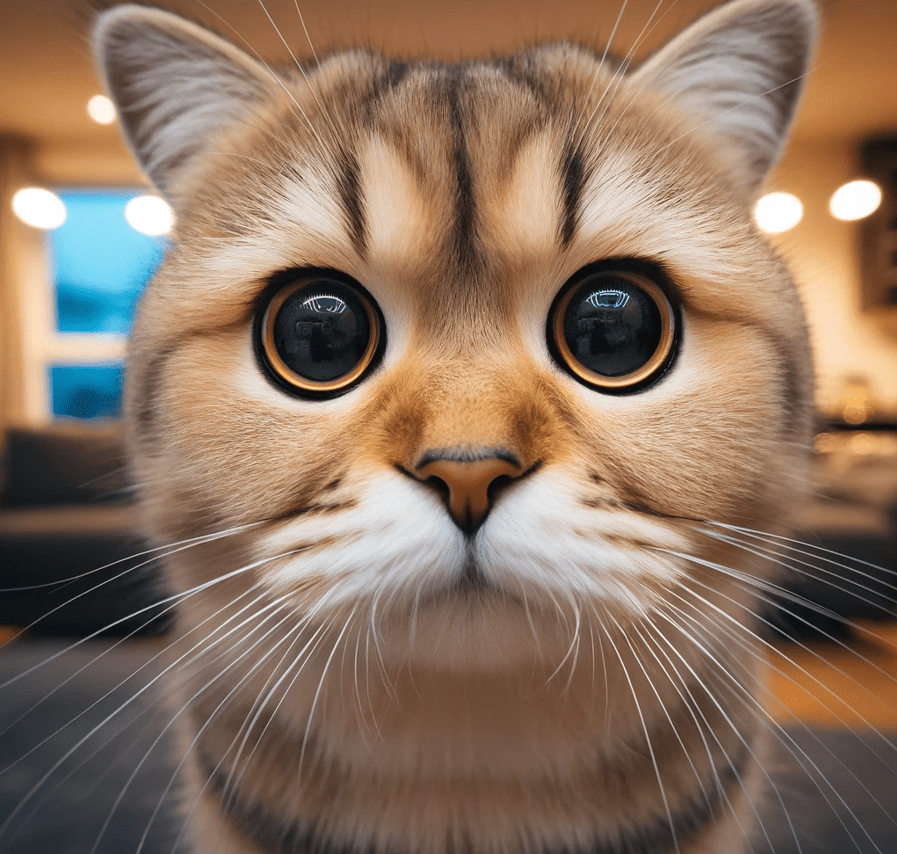
Fully Open Eyes
1.The cat is intently determined; the cat is very serious.
2.The cat is judging its environment closely.
Cats will commonly open their eyes wide, which mean that they are alert and analyzing their environment. . By exposing their eyes in this manner leaves them exposed to potential injury, and moreover may also be a statement of trust. But from a distance, an unblinking stare may signal dominance, control or aggression.
Half-Closed Eyes
1.The cat has a relaxed, sleepy, or content expression.
2.The cat knows it is safe and trusts you.
When a cat looks at you with half-closed eyes, it means they’re comfy and confident when near you. For cats, closing their eyes is the highest expression of trust — it makes them vulnerable. Sometimes, cats may open and close one eye while falling in and out of sleep, a behavior related to their instinct to watch for potential predators.
If your cat also blinks or relaxes while making direct eye contact, it is actually their way of telling you that they don’t want to hurt you. Cats might also be staring at you just because they’re interested in what you’re doing or because they’re hoping for a snack.
If you follow these little signs of the eyes, you might understand more about your cat’s intentions and deepen your interaction with it.
Cat Eye Behavior: A Guide to Feline Communication
Cats use their eyes to communicate a lot, and learning how to read those behaviors can help you better understands how your cat is feeling or what they mean. And below, we break down some of the most common feline eye communications, from staring contests to changes in pupil size — and how you can use them to bond more with your cat.
The Staring Contest Between Cats
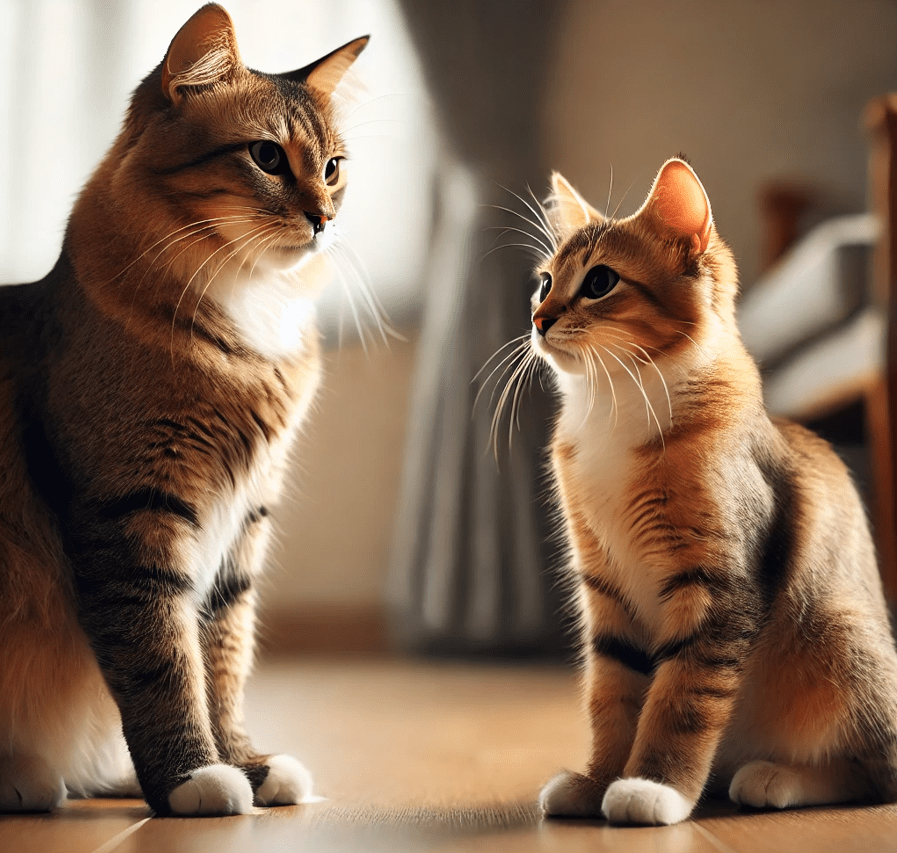
In the cat world, direct eye contact is usually seen as a challenge or a threat. Two cats who stare at each other may engage in a staring contest. If either cat blinks, or looks away, that indicates submission and the other cat are considered dominant.
But when neither cat backs down, it can escalate to swatting or even a physical altercation. Avoiding eye contact will increase your chances at getting to know your feline friend, as eye contact is sometimes viewed as aggressive behavior from an unfamiliar cat.
What the Pupils Reveal
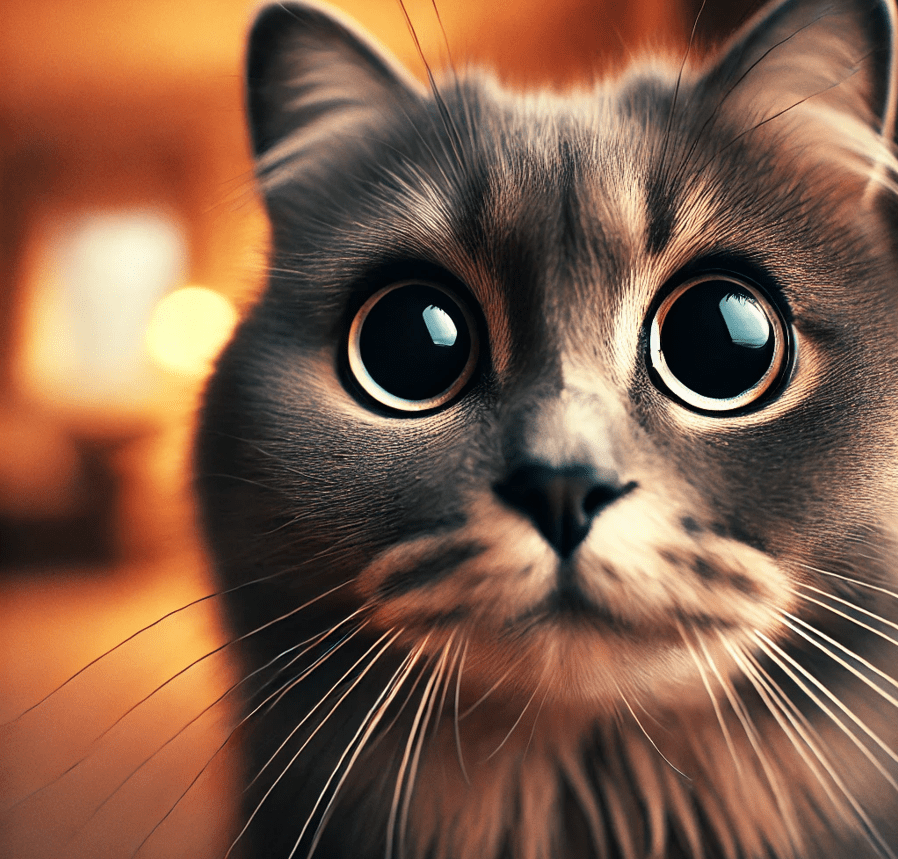
A cat’s pupils respond a lot to light, opening up in low lighting and closing down in bright lighting. But their pupils tell us much more than how bright it is in a room. They are a window into the cat’s emotional state and can tell us what the cat is experiencing at a specific time.
Dilated or Enlarged Pupils:
Pupils that are dilated in cats can mean many things, such as:
1.Fear or heightened aggression
2.Nervous or submissive state
3.Excitement, such as when seeing their owner, another cat, and food or favorite toy
A cat opens its pupils when it is frightened, nervous, or agitated. The trailing of this dilation lets the cat to absorb a larger amount of visual information, enabling it to better judge its environment. Fascinatingly, you usually see pupils dilating when a cat is excited.
Constricted or Narrowed Pupils:
In contrast, dilated pupils are commonly indicative of emotions like:
1.Anger or irritation
2.Confidence or assertiveness
3.Contentment or calmness
If a cat is angry, or extremely stimulated, it might dilate its pupils to absorb as many details as possible about an object, place or person. Strong emotional states, whether fear, anger, pleasure or excitement, can provoke sudden pupil contraction. This response enables the cat to focus its energy on the object of its excitement, be it a threat, playmate or something else entirely.
The Slow Blink: A Way Cats Show You They Love You
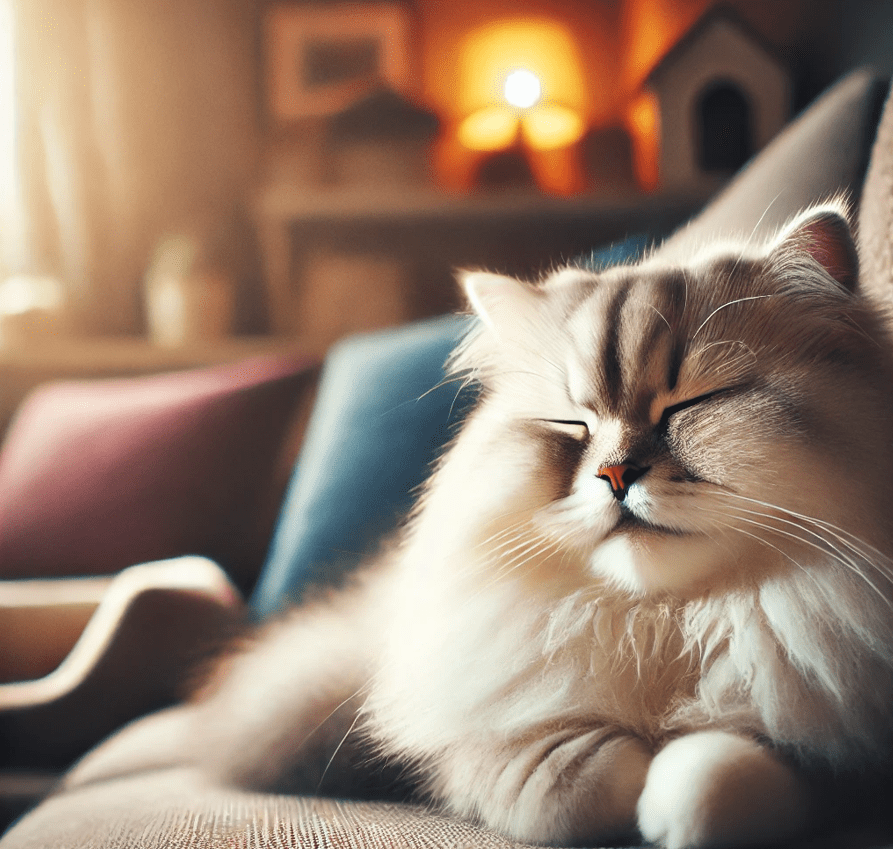
When a cat gives you a slow blink or wink, you’re being greeted, and the slow blink or wink is a sign of trust and affection. This is something many cat owners describe as a “kitty kiss.” You can return the gesture by slowly blinking back, which tells your cat that you do not intend to cause any harm and they are safe with you. Different cats may also respond differently; some may reciprocate the blink, while others may not, since every cat has its own style of expressing love. This small act is to help you to bond more with your cat and connects with him on the next level.
How to Teach Your Cat to Make Eye Contact
If you want your cat to be more comfortable making eye contact with you, your family or even the veterinarian, you can train them with positive reinforcement. Begin with pairing a verbal cue, e.g. their name, with a treat or toy that encourages them to look at you.
Then reward them right away for eye contact and this builds the behavior over time. By associating eye contact with positive experiences, cats will feel less threatened. This strategy is especially beneficial for cats since they see direct eye contact as a challenge and read it aggressively.
Conclusion
You can read a cat’s inner feelings and thoughts through their eyes. If you pay attention to their eye behavior (is it a slow blink, a staring contest or the way their pupils dilate) you can better understand their mood and intentions. Remember that every cat is different, and their way of showing love or discomfort might be different from another.
But these guidelines can help you interpret your cat’s emotions, make them more comfortable and even establish affection in a way your cat gets. Whether via a slow blink or a quiet gaze, you can deepen your bond with your cat by speaking her language.
